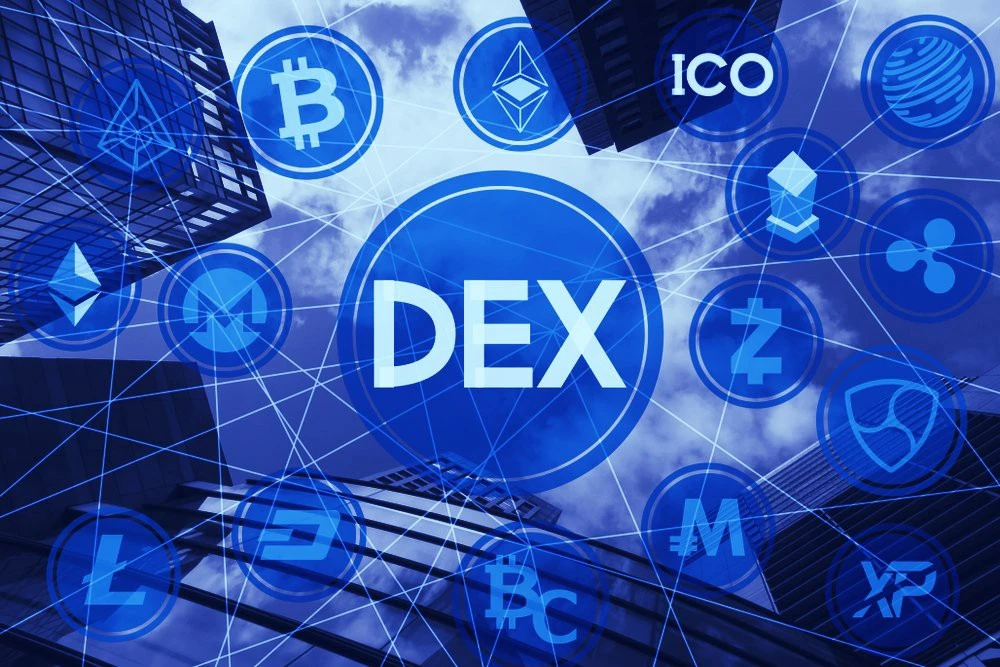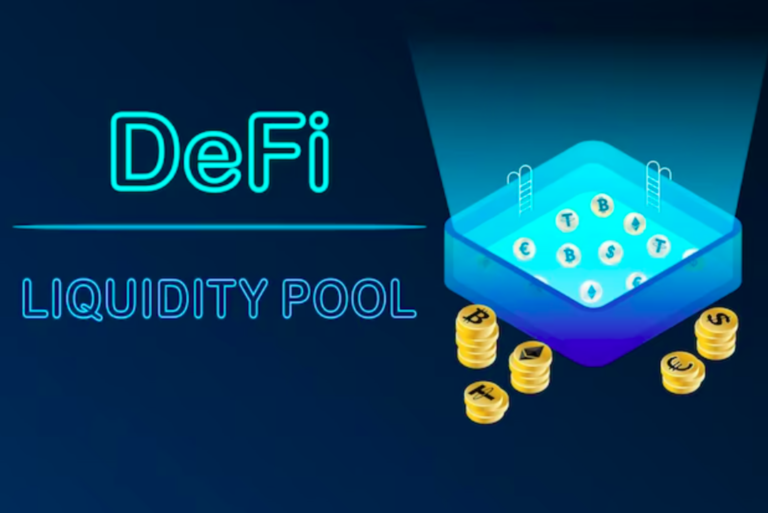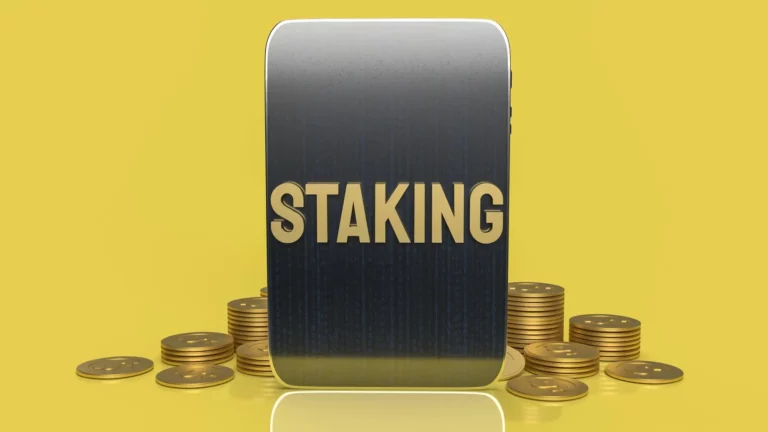How To Create A Decentralized Cryptocurrency Exchange
People that believe that cryptocurrencies are simply a flash in the pan and those who proactively use digital money in their everyday routines or even depend on it to earn their living represent two distinct classes in society.
In the current era, there are currently over 2,000 cryptocurrencies, and more are constantly being generated. For everyone, the business world has enlarged owing to the blockchain.
Decentralized cryptocurrency exchanges are getting a great deal of interest, as anticipated. Many people believe the DEX approach to be more reliable than centralized versions. Why? It’s confidential, private, and protected.
According to the study, decentralized exchanges predicted trade volumes of more than 1 trillion dollars in 2021. What exactly is it, and how to create a decentralized cryptocurrency exchange from scratch?
Decentralized Exchange: What Does It Mean?
An exchange for digital currencies is named a decentralized exchange (DEX). Due to a highly secure framework without middlemen, it permits acquiring cryptocurrency via immediate peer-to-peer cryptocurrency transactions.

It differs from the traditional centralized exchanges where, in a simple transaction, a third party takes possession of the people’s money and supervises the privacy and transfer of funds through the different ends.
The distributed ledger or blockchain is offered the option to displace a third party via DEX. The underlying crypto technique eliminates only sources of error by moving crucial operations to the blockchain.
It also enables users to continue custody of their funds and supports cleaner and more open trading. However, there are several approaches for order completion with multiple levels of decentralization. DEX utilizes smarter agreements to conduct trading activities by dispersing operations to autonomous code.
Centralized Exchanges Versus Decentralized Exchanges (Dex) (Cex)
In the world economy, cryptocurrency exchanges are a significant provider of liquidity. Because it provides a regular trading activity of billions of dollars. Since the market is rapidly expanding, well-known exchange platforms still are developing to fulfill the demand for digital assets.
They offer asset preservation, new trading options, and exposure to a continually expanding variety of digital investments. The blockchain community is built around the idea of disintermediation. As a consequence, DEXs have gained prominence alongside conventional CEXs.
Another solution for exchanging digital assets is via DEXs, which function without the involvement of middlemen to process transactions and instead depend on self-executing smart agreements to boost trading. Quick transactions are possible due to the dynamic, which is often less costly than CEXs.
Creating A Decentralized Cryptocurrency Exchange: Guide
You can begin by creating your crypto exchange once the business element, technological needs, and exchange format have been chosen. Ensure the design team you are engaging with has a record of success and can provide you with valid case cases. You can minimize your operational costs by choosing a skilled supplier.
The following phases generally comprise the procedure for developing a cryptocurrency trading business.
Step 1: Create A Ux/Ui Design
The design company creates a meaningful customer experience for your system based on your specifications and market analysis. The capability to understand the structure of user engagement with the trade and prevent future UX-related problems are both assisted by comprehensive representation.
Step 2: Front-End Development
A user interface’s front end is how it will be handled. The experts are presently focusing on the user-visible component of your trade. The front end handles your platform’s appearance and experience, which is essential for attracting and maintaining users’ interest.
Step 3: Back-End Development
This part manages your platform’s core functionality and all essential operations. The developing group could use the output of a conventional trading exchange that has been customized for the exchange registration’s geographical location. An independent trading system is then developed by altering this framework in compliance with your requirements. To further interact with assets from external parties, the business can employ a wide range of APIs.
Step 4: Enhancement Of Security Functions
Experts are implementing a number of security procedures at this phase of development to help ensure the platform is reliable for both you and potential customers. A database that is encoded and access control that is password-protected are effective security measures.
Step 5: Add A Digital Currency To The Exchange
The design team introduces the necessary currencies to the platform after coming up with an idea of which cryptocurrencies you would like to offer on your exchange. Following that, consumers will be given the option to buy and sell different types of cryptocurrency.
Step 6: Launch The Exchange
Your cryptocurrency exchange platform is now available to use, completing all the trials and adjustments. However, these operations will be easier with a high-quality software product. There will still be a lot of protection and promotion work needed. We recommend that you take your time in choosing the right blockchain development partner since the structure of blockchain technologies and cryptocurrency exchange makes them incredibly dependent on the quality of software development.
The Advantages Of Decentralized Cryptocurrency Exchange
Many cryptocurrency enthusiasts who would not otherwise commit their money to a centralized platform are lured to the benefits of decentralized exchange owing to its potential advantages. One cannot disregard the fact that DEX is quickly rising in popularity.
The following are DEX’s key benefits:
- Disclosure
DEX provides the same level of openness as CEX since all activities are openly monitored via the blockchain.
- Secrecy
When exchanging one cryptocurrency for the other, it is assured. Users are not required to go through the exact identification as they would with centralized exchanges. People who do not want to be known are attracted to this in massive quantities.
- Keeping things intact
In the case that a traditional exchange fails, law enforcement may confiscate its equipment and other assets, notably user profiles. A decentralized exchange, however, is the exception to this rule because it utilizes a collection of computers scattered out over the world as its servers, making it very difficult to put restrictions on the way it works.
- Interface ease of use
It makes it possible for those that are new to the cryptocurrency business to catch up rapidly.
Conclusion:
To sum it up, How to create a decentralized cryptocurrency exchange? To build a Decentralized Cryptocurrency Exchange that can be trusted requires a strong foundation in blockchain technologies and other crypto-related services. You must take into account the specifics of the cryptocurrency industry and the demands of your target audience and listen carefully to the platform’s security mechanisms.







